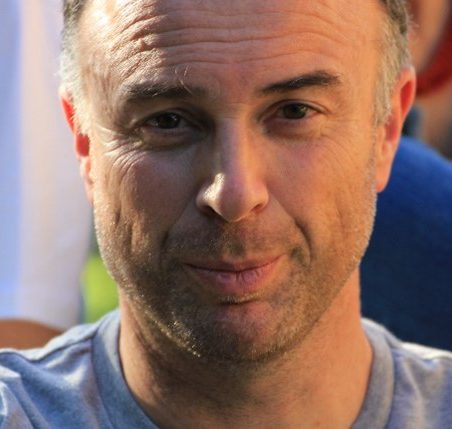
LORENZO SCALISE
Department of Industrial Engineering and Mathematical Sciences, Marche Polytechnic University, Ancona, ITALY
Title of Talk
“Advanced non-contact method for vital sign monitoring: Possible approaches and interfering inputs”
Many parameters or ‘signs’ can be measured in humans without contact. Some of them can be considered ‘vital’, meaning that they are relevant to gain information on subject’s conditions (i.e. cardiac rate or respiration rate). Other signs are instead measured to get specific information on the subject conditions (i.e. emotional states). In the last two decades, researchers have been working on the measurement of these parameters without a direct contact with the measurand, reducing the intrinsic interference of the measurement system on the measurand. Most of studies have focused on the cardiac activity (i.e. heart rate and its variability) and the respiratory activity (i.e. rate), but also applications for the measurement of skin temperature, emotional state, body movement and some anthropometric-related quantities have been proposed. Solutions are based on the use of optical sensors, vision-based methods, electromagnetic sensors, and ultrasound proximity sensors. However, whatever is the technology used, it is of outmost importance to consider two fundamental aspects: factors interfering with the measurement process and the measurement uncertainty. In this perspective, it is worthy to note how literature reports very inhomogeneous data, mostly obtained without an agreed procedure, evidencing the need for specific research in this field.
Speaker Bio
Prof. Lorenzo Scalise holds a MSc in Electronic Engineering (1996)and a PhD in Measurement techniques (1999). He is Associate Professor in Measurement Techniques, Applied Measurement Techniques and Biomedical Instrumentation, at Marche Polytechnic University, Italy. He is lecture of Biomedical instrumentation and applied measurement techniques for the M.Sc. course on biomedical engineering. He has been visiting researcher at Twente University (NL) in 1999 investigation on the measurement of intra-vascular blood velocity with a novel laser-based, fiber optic sensor. He has a solid expertise on sensors and measurement methods with a special attention to the application to the biomedical field. His research interests are: measurement techniques, wearable sensors, biomedical instrumentation, assistive technologies, e-health, optical sensors and characterization of systems and materials. He is a senior member of IEEE and author of more than 200 publications in scientific journals and conference proceedings.